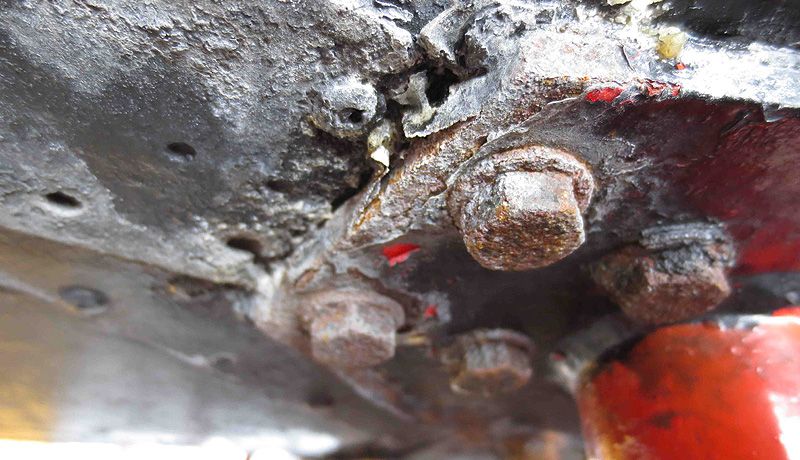VISUAL TESTING(VT)
Visual inspection is one of the most common and most powerful means of non-destructive testing. Visual testing requires adequate illumination of the test surface and proper eye-sight of the tester. To be most effective visual inspection does however, merit special attention because it requires training (knowledge of product and process, anticipated service conditions, acceptance criteria, record keeping, for example) and it has its own range of equipment and instrumentation.
It is also a fact that all defects found by other NDT methods ultimately must be substantiated by visual inspection. VT can be classified as Direct visual testing, Remote visual testing and Translucent visual testing. The most common NDT methods MT and PT are indeed simply scientific ways of enhancing the indication to make it more visible. Often the equipment needed is simple for internal inspection, light lens systems such as bore scopes allow remote surfaces to be examined. More sophisticated devices of this nature using fibre optics permit the introduction of the device into very small access holes and channels. Most of these systems provide for the attachment of a camera to permit permanent recording.
Application
The method is used to inspect a variety of product forms including castings, forgings, and weldments. Many different industries use magnetic particle inspection for determining a component's fitness-for-use.Some examples of industries that use magnetic particle inspection are the structural steel, automotive, petrochemical, power generation, and aerospace industries. Underwater inspection is another area where magnetic particle inspection may be used to test items such as offshore structures and underwater pipelines.

Visual Testing facilities at UIC, Jubail, KSA.
1. Visual Testing equipment like mentioned below:
• Hi-Low gauge
• Cambridge gauge
• Taper Gauge
• Inspection mirror
• fillet gauge
2. Experienced VT inspector for carry out difficult configuration of welds.
3. Experienced in house ASNT NDT Level III and experts for providing techniques establishment, procedure preparation, approval and consultancy services
4. ASNT NDT Level III trainers for conducting in house or external NDT Level 2 training and certification courses on Ultrasonic testing and other NDT inspection methods. Read more about Ultrasonic Testing Personnel Certifications.
5. VT inspectors qualified and certified to Level II as per ASNT recommended practice SNT-TC-1A is approved & also CSWIP/AWS Level-II according to TWI/AWS for carry out inspection.







